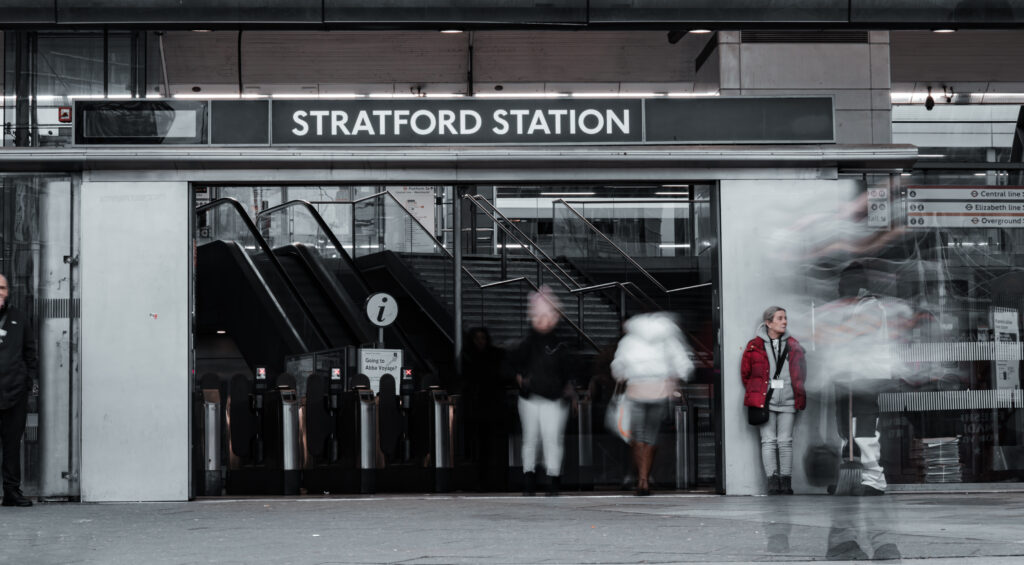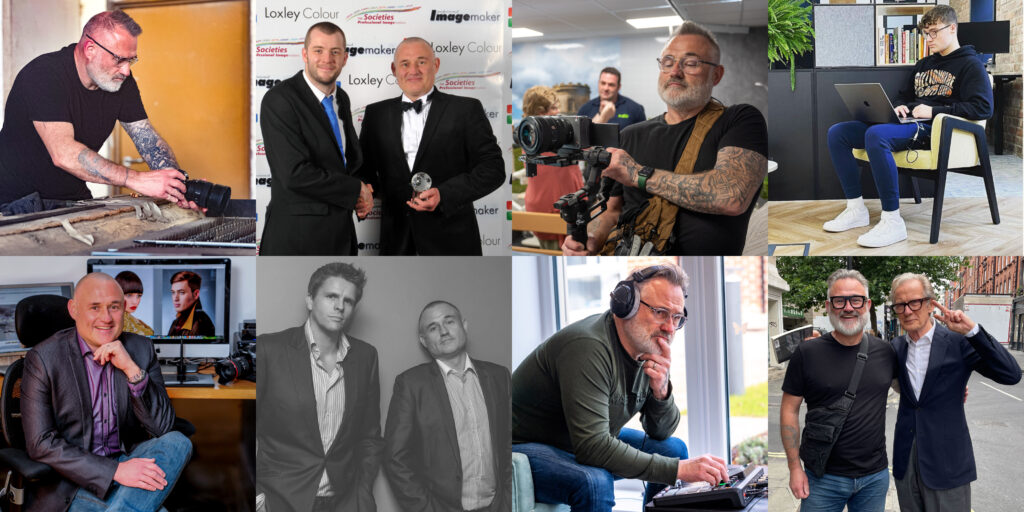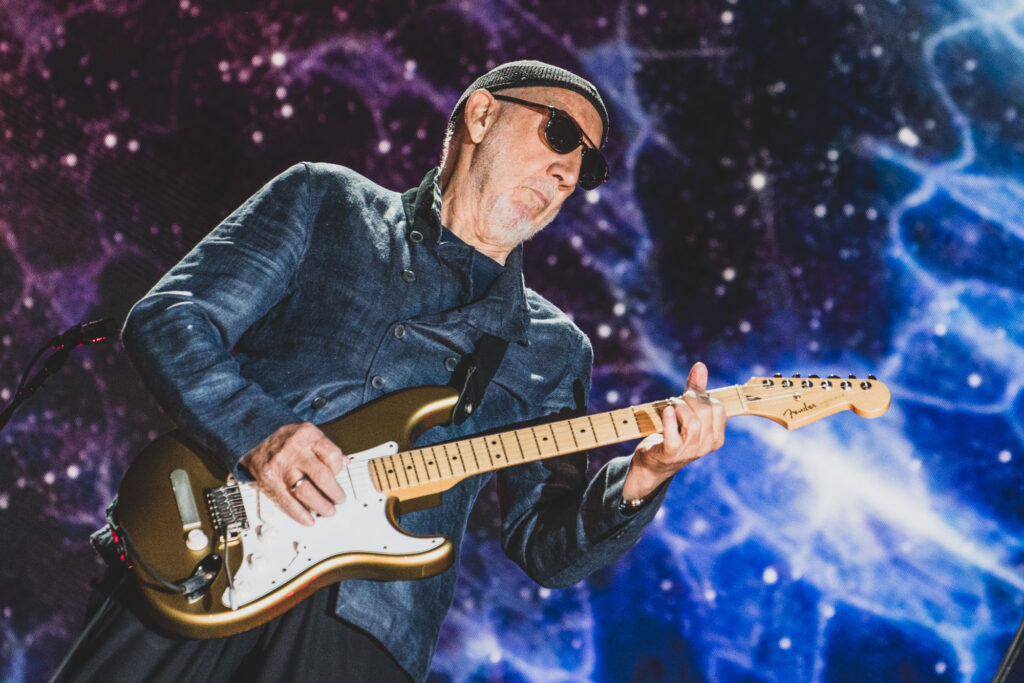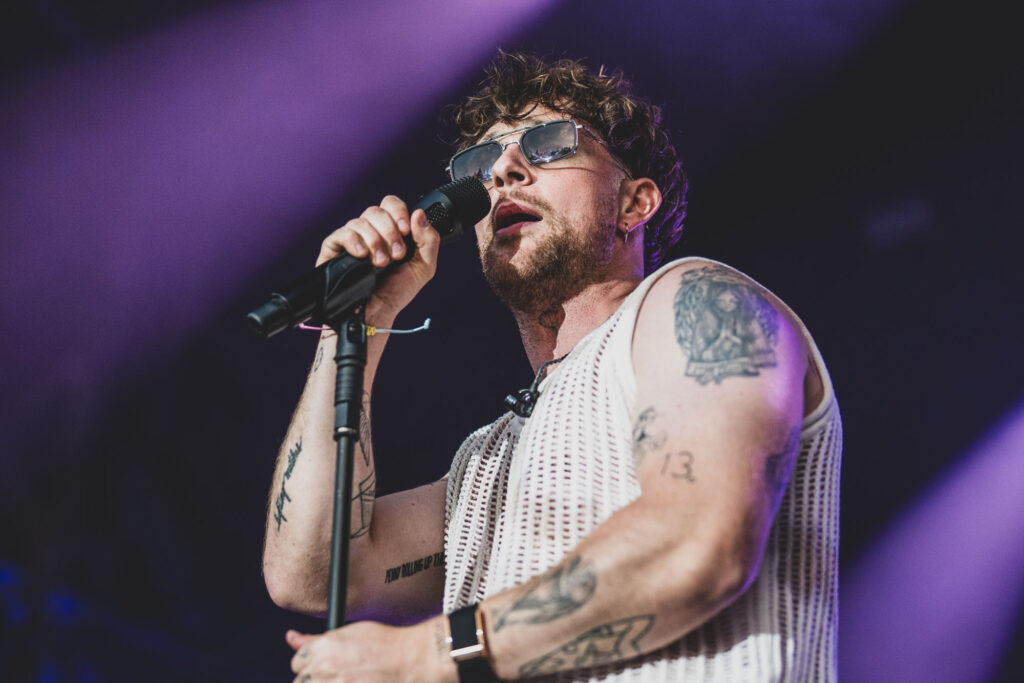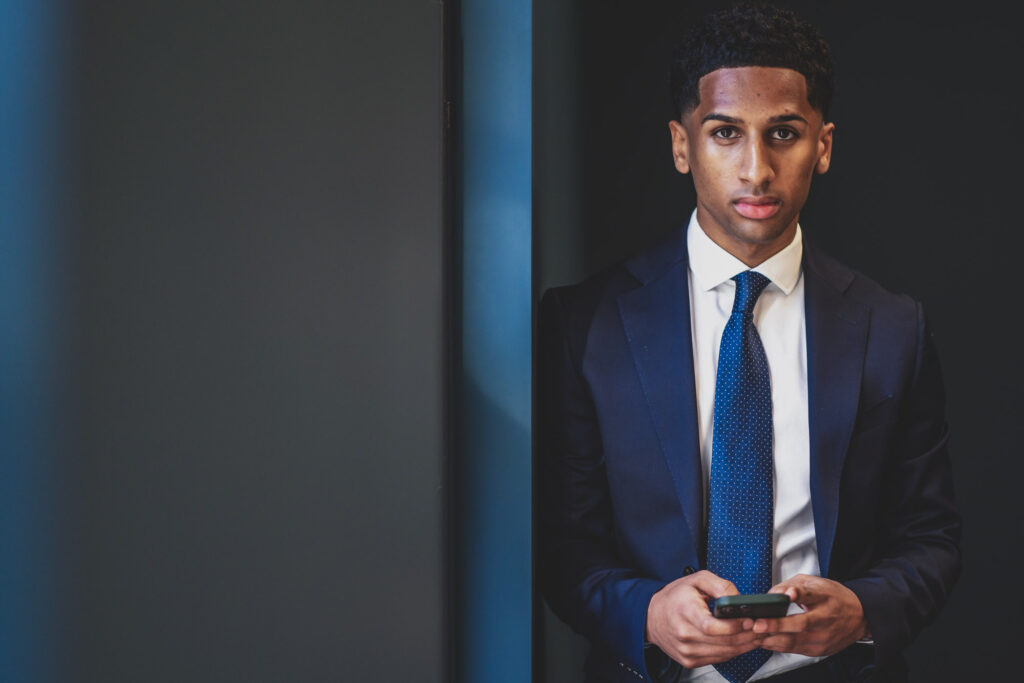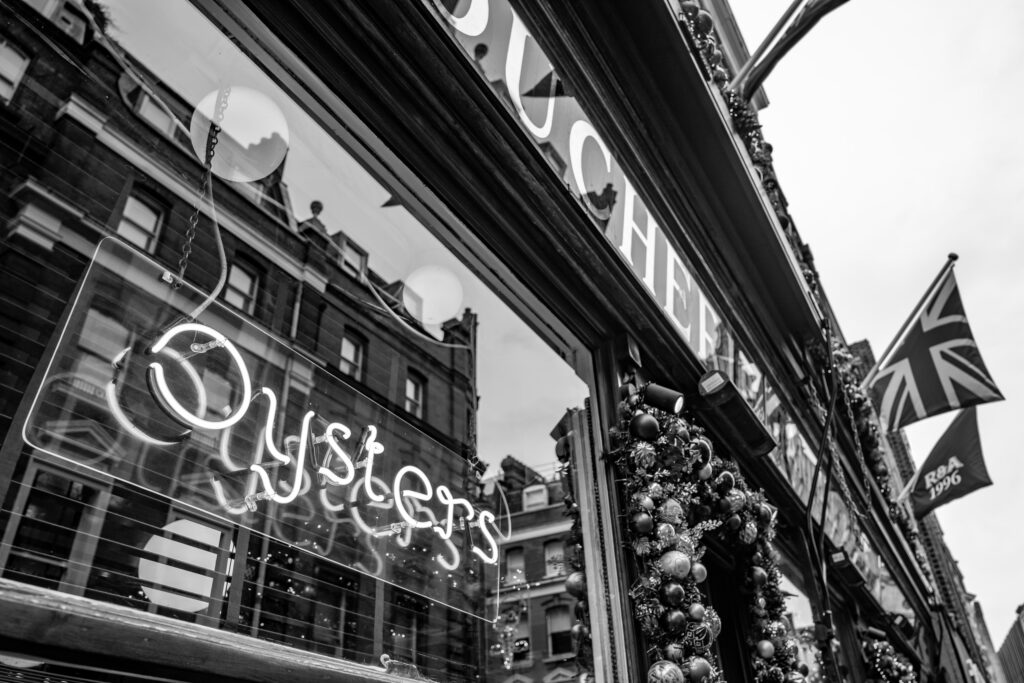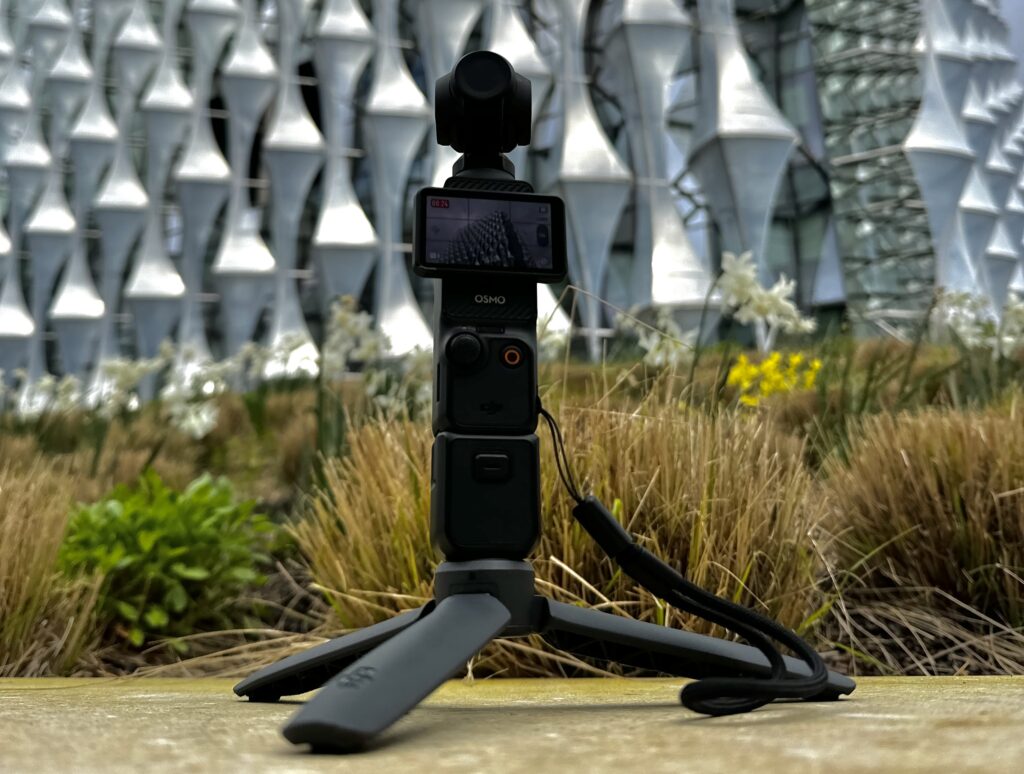Navigating UK Photography Law: A Comprehensive Guide for Amateur Photographers
Disclaimer: This blog post is intended for informational purposes only and should not be construed as legal advice. For any legal concerns, consult with a qualified legal professional.
Photography is more than just a hobby; it’s a form of artistic expression, a method for capturing the fleeting moments that make life memorable. In a country as picturesque as the UK, the avenues for amateur photographers are countless.
From the quaint alleys of Norwich to the bustling streets of London, every frame offers something new. But what happens when law and art intersect?
Before you set out with your camera, understanding UK Photography Law is crucial. Not only will it save you from any potential legal repercussions, but it will also help you become a more responsible photographer.
In this blog, we’ll unpack the most critical aspects, including your rights as a photographer in public spaces, photography laws around photographing minors, police powers for stop and search, and what buildings are generally off-limits.
Photography Laws – Know Your Rights in Public Places
In the UK, you generally have the right to photograph people and buildings in public places, as long as you are on public property while doing so. There are, however, specific guidelines and restrictions. Even in a public space, an individual may have an expectation of privacy. Examples include someone entering a medical facility or a child at a playground. Always use your discretion and be respectful.
If you plan to sell your photographs, you may need permission from property owners or individuals (model release forms).
Police Powers: Stop and Search and Freedom for Public Photography
No permit is required by the public or the press to take photographs or video footage in public spaces. Police officers do not have the authority to prevent this activity unless it pertains to specific legislation with the exception of certain circumstances.
Terrorism Act 2000 and Photography
Section 43 and Section 44 of the UK Terrorism Act 2000 had distinct roles and had not been replaced by each other.
Section 44 used to grant police the power to stop and search individuals without suspicion in designated areas to prevent acts of terrorism. However, this was widely criticised as being too broad and open to misuse.
In 2010, the European Court of Human Rights ruled in the case of “Gillan and Quinton v. United Kingdom” that Section 44 was a violation of the right to a private life under Article 8 of the European Convention on Human Rights.
Subsequently, the UK government repealed the section and replaced it with a more limited power under Section 47A through the Terrorism Act 2000 (Remedial) Order 2011.
Section 43, on the other hand, remains a separate part of the Terrorism Act 2000, allowing police officers to stop and search individuals if they “reasonably suspect” that the person is a terrorist. This provision is more limited than the former Section 44, as it requires “reasonable suspicion,” a legal standard that provides some level of safeguard against arbitrary stops and searches.
For the most up-to-date information, I recommend checking the current legal texts or consulting legal professionals.
Officers do not possess the authority to erase digital images or destroy film unless granted by a lawful order.
Section 58A addresses the illegality of gathering or disseminating information that could assist terrorists, about members of the military, intelligence, or police. Any arrest under this section must be substantiated by a reasonable suspicion that the information is intended to aid a terrorist act.
Generally, photographing police officers during regular duties, including protests, cannot be a basis for an arrest under Section 58A unless there’s reasonable suspicion that the images are meant for terrorist assistance.
Interaction with Media Professionals
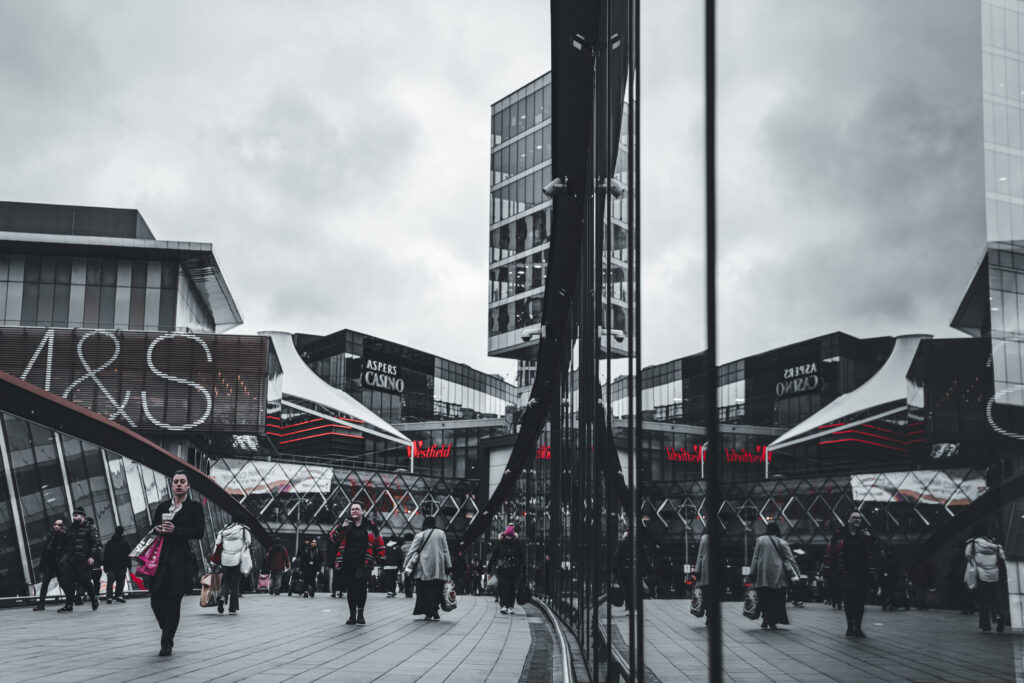
Whilst we’re covering UK Photography Law aimed to educate non-professionals, it’s a good time to mention how law enforcement engage with professional photographers, journalists, and TV crews.
Maintaining a positive relationship with media representatives is essential for the police force’s public image. Officers may question anyone photographing sensitive subjects as long as it’s lawful and doesn’t dissuade them from legal activities.
Police may creating vantage spots within cordoned-off areas allows the media to report without obstructing police work. The media should be able to report from public areas.
It’s important to note that the difference between shooting as a hobbyist is often identified through Press Cards. The NUJ (National Union of Journalists) are a recognised body who distribute authorised press cards to accredited media outlets and freelancers, that essentially separate professionals from hobbyists and amateur photographers.
This also differentiates noncommercial use of photographs against commercial use at key PR and Press gatherings in public places.
When Police can relay requests from distressed individuals who don’t wish to be photographed, but they can’t enforce these requests.
When trying to photograph incidents that have occurred in public places, the Senior Investigating Officer has the final say in granting media access to the scenes of incidents
UK Photography Laws. The Legal and Ethical Maze of Photographing Minors in the UK’s Digital Landscape
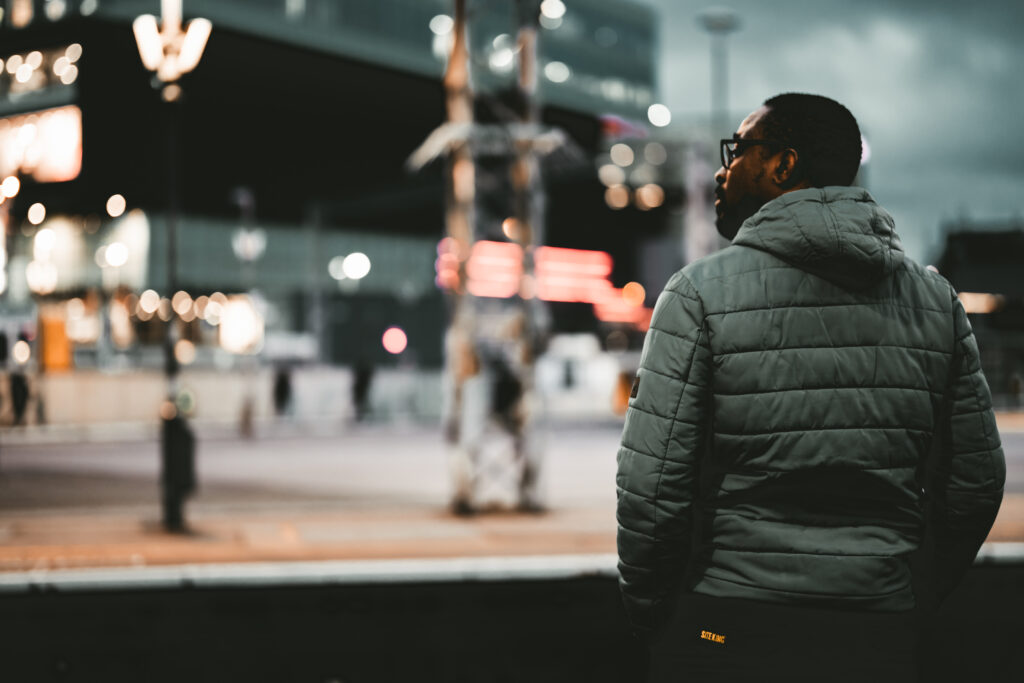
We’re a society teeming with smartphones and social media and the act of photographing minors has grown into a contentious issue that straddles legal and ethical lines.
In the United Kingdom, the law offers some clarity but leaves much to personal discretion, making it a fraught subject, especially for photographers who might capture images of children in public spaces.
From a UK Photography Law perspective, it is generally permissible to photograph people in public areas without their consent, including minors. However, the intention behind the photograph can make it unlawful.
For instance, taking photos deemed to be “intrusive” or used for illegal activities, such as child exploitation, can be subject to legal penalties.
Moreover, schools and private areas frequented by children often have explicit policies requiring parental consent for photographing minors and where authorised photographers will often. need photo release forms and comply with safeguarding policy of individual establishments.
From an ethical standpoint, the territory is even murkier. A photograph taken innocently at a park could end up being misused or distributed without the subject’s or parents’ knowledge or consent. The image could circulate on platforms where the context is entirely lost, potentially leading to exploitation or cyberbullying.
As a photographer in England, the act of photographing children in public could pose both legal risks and moral quandaries.
While you may not be breaking any laws, the potential for misuse of those images should give one pause. Even beyond legal considerations, photographers carry an ethical responsibility to consider the privacy and safety of their subjects, especially when those subjects are minors who may not fully understand the potential ramifications of having their image captured and possibly shared widely online.
In conclusion, while UK law may not strictly prohibit the photographing of minors in public, the moral implications are significant enough to warrant careful consideration and, ideally, informed consent. This delicate balance between legal freedoms and ethical responsibilities marks this as a subject needing ongoing discussion and scrutiny. You should also be very aware of,
Child Protection Laws: Laws, such as the Protection of Children Act 1978, can apply if images are indecent or inappropriate.
Public Nuisance or Harassment: Even if your intent is harmless, your actions may be perceived as harassment or public nuisance, which could lead to legal consequences.
Buildings Off-Limit: Be Mindful of Photography Law
Government buildings, military installations, and certain critical infrastructure sites, such as power plants and airports, are among the places where photography might be restricted or outright prohibited. This is particularly true if the photographs could be seen to compromise national security.
Additionally, transportation hubs like train stations and airports often have restrictions on photography, especially in areas beyond security checkpoints. Private properties, including shopping malls or commercial buildings, might also be off-limits without explicit permission from property owners or management.
A perfect example of Photography Aw is one of shooting a shopping mall on their property is prohibited, but if you’re positioned on a public pavement not controlled by the building, this is within the law. You also need to adopt a common sense approach. If you think it’s going to get you in trouble, then it probably will.
It’s always good protocol to seek permission and avoid’
Military Bases: For obvious security reasons, these are off-limits.
Courthouses: Photographing these may be illegal without permission.
Private Property: Even if visible from a public space, you may not have the right to photograph certain private buildings.
What to do When Challenged by an Unauthorised person. Know your UK Photography Law
There are some general principles and steps you could consider if confronted with an unauthorised request to stop photographing a building in the UK. Increasingly when shooting in public you need to be prepared to be challenged and if you donlt know the law, you may end up looking a little silly. Here’s a few important pointers that can help.
Remain Calm: Agitation can escalate the situation. Maintain a respectful tone when speaking with the person making the request.Know the Law: In the UK, it’s generally legal to photograph buildings from public spaces. Some exceptions include if you’re trespassing on private property to get a shot or if the photography is for criminal or terrorist activities.
Ask for Specifics: Politely ask why they are requesting you to stop photographing. If they do not have a legal basis, you can inform explain the UK Photography Law and advise that you have a right to photograph in public spaces. Perhaps even take a pointed copy of the law with you
State Your Rights: Gently inform the individual that photography of public buildings is generally permitted in the UK and does not typically require authorisation. Always avoid getting confrontational, but calmly explain the Photography Law in a plain speaking manner.
Disengage if Necessary: If the situation does not de-escalate, it might be wise to leave rather than risk a more severe confrontation.
Be Prepared for Police Involvement: If someone does call the police, stay calm. Cooperate fully and explain your actions and your understanding of the law. If you are confident that you have not broken any UK Photography Laws, then you should have nothing to worry about. However, if detained or arrested, it is wise to consult with a solicitor. Police will not take action if you are shooting within the law.
Consult Legal Advice: If the issue persists or if you feel your rights have been violated, it may be beneficial to seek expert legal advice on how to proceed. A legal representative will have a full understanding of UK Photography Law.
Remember that laws can change: Local policies or ordinances might impact what is permissible. Always research and be aware of the rules in the specific location where you are shooting.
Summary: The Delicate Balance
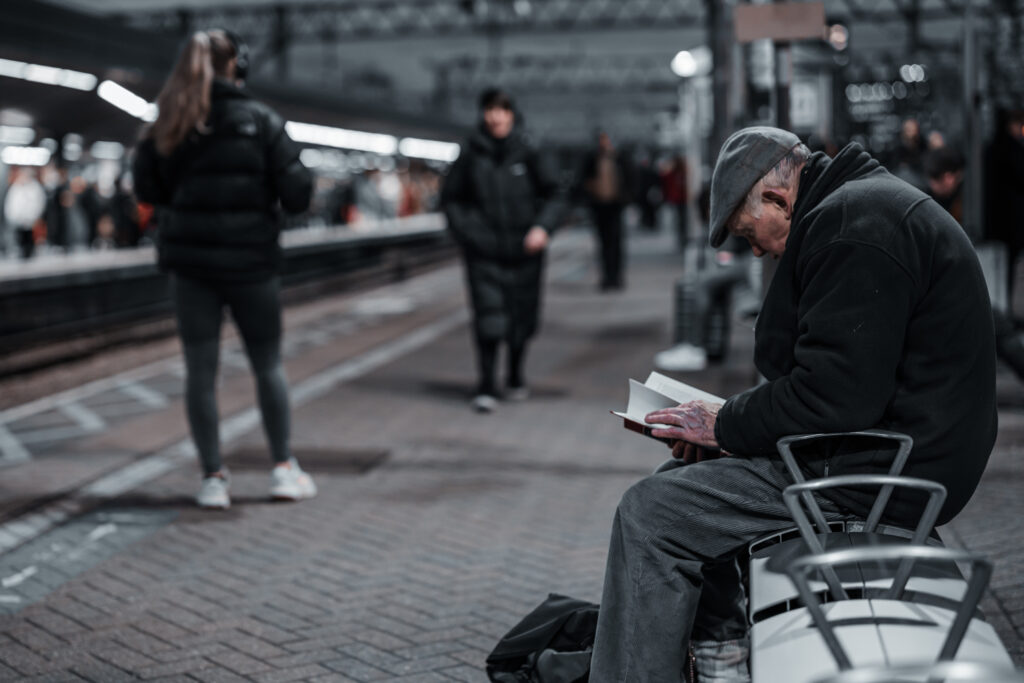
Photography is a beautiful form of expression but comes with its own set of responsibilities and abiding by UK Photography Law. Understanding your rights and the legislation that makes up UK Photography Law ensures that you can focus on capturing life’s moments, knowing you are on the right side of the law. Always be aware, be respectful, and when in doubt, seek permission.
Remember, this guide is just that—a guide and as we have already explained, The Law can change and probably will change after this article is published. For more nuanced legal advice, consult a legal expert to discuss your specific circumstances.
To read more about Photography, Photographers, Photography Law, the Creative Industry, Art and Tech, why not head over to the Blanc Blog.
If you’ve enjoyed this read, why not visit our article where we talk about Copyright Theft and how to deal with your copyrighted images being stolen.
Blanc Creative – Much more than just Commercial Photography
When it comes to capturing the essence of your brand through visually arresting images, dynamic promotional videos, or insightful podcasts, look no further than Blanc Creative.
With over a decade in the industry, we’ve mastered the art of creating high-impact content that doesn’t strain your budget. Our expertise isn’t confined to a particular sector; we’ve collaborated with everyone from budding entrepreneurs to multinational giants and even high-profile individuals.
Our goal? Delivering unmatched quality, irrespective of your business size or domain.
Our user-friendly website serves as a digital showcase of our extensive, multifaceted portfolio. As you navigate through, you’ll encounter a breadth of work that speaks to our adaptability and skill—be it commercial photography for startups or video reels for global corporations.
From the spotlight of celebrity shoots to the sophistication of royal engagements, our body of work is both vast and impressive.
Think of our online platform as an invitation—an open door to explore the wide range of visual stories we’ve told and can tell for you. If what you see resonates with you, don’t hesitate to get in touch with our welcoming team. We’re eager to hear your story and even more excited to help you share it with the world, no matter where you are located.
So, let’s start a conversation today about how Blanc Creative can help your brand shine brighter than ever.


